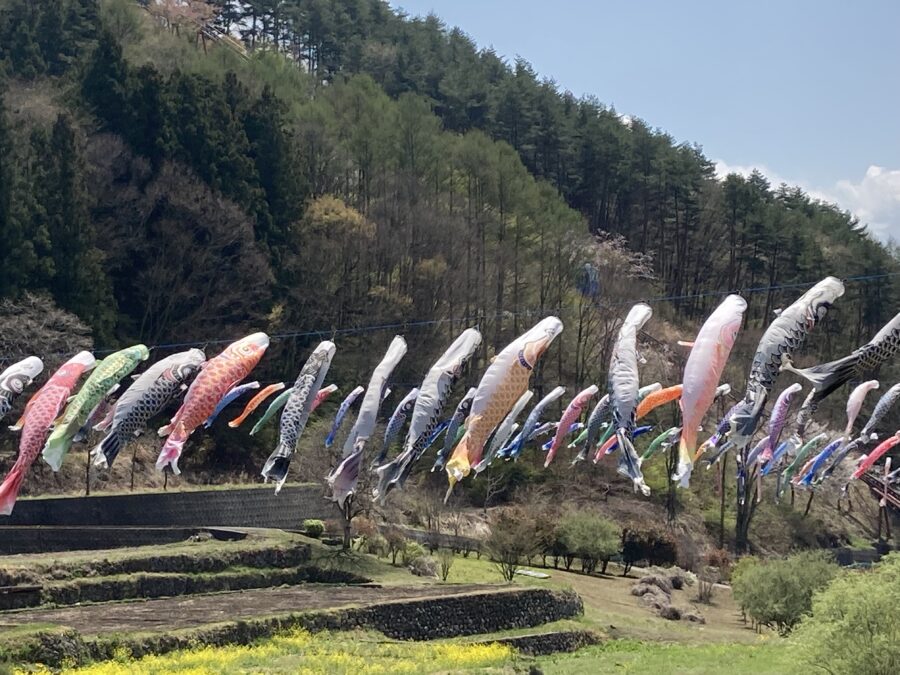
Children’s Day is on the 5th of 5th
五月五日;こどもの日
TweetMay 5th is Children’s Day in Japan. Not only does Japan have Children’s Day, but also some other countries have their own Children’s Day. Also, November 20th is World Children’s Day designated by the United Nations.
5月5日(ごがついつか)は、日本(にほん)の「こどもの日(ひ)」です。日本(にほん)だけでなく、世界(せかい)の他(ほか)の国(くに)にも子供(こども)の日(ひ)があります。また、11月20日(じゅういちがつ はつか)は国連(こくれん)が決(き)めた「世界(せかい)こどもの日(ひ)」です。
In Japan, people do various things based on traditional culture on Children’s Day.
日本(にほん)のこどもの日(ひ)には、伝統文化(でんとうぶんか)に基(もと)づいた様々(さまざま)な行事(ぎょうじ)が行(おこな)われます。
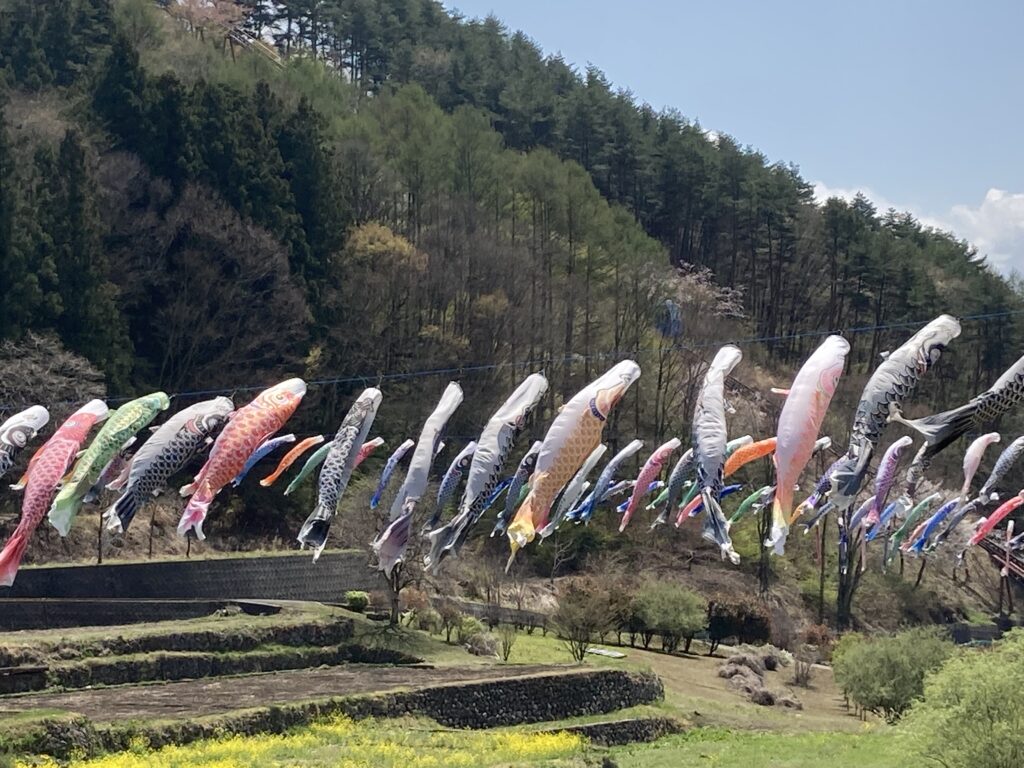
Hang up Koinobori or a carp streamer; Wishing children’s good health. It started in the Edo era.
こいのぼりをあげる:子供(こども)たちの健(すこ)やかな成長(せいちょう)を願(ねが)って、江戸時代(えどじだい)に始(はじ)まりました。
Display Gogatsu-ningyo or a special doll with an armor and a helmet; the armor and helmet are believed to protect children from any trouble.
五月人形(ごがつにんぎょう)を飾(かざ)る:鎧(よろい)や兜(かぶと)で子供(こども)たちを災(わざわ)いから守(まも)るとの願(ねが)いが込(こ)められています。
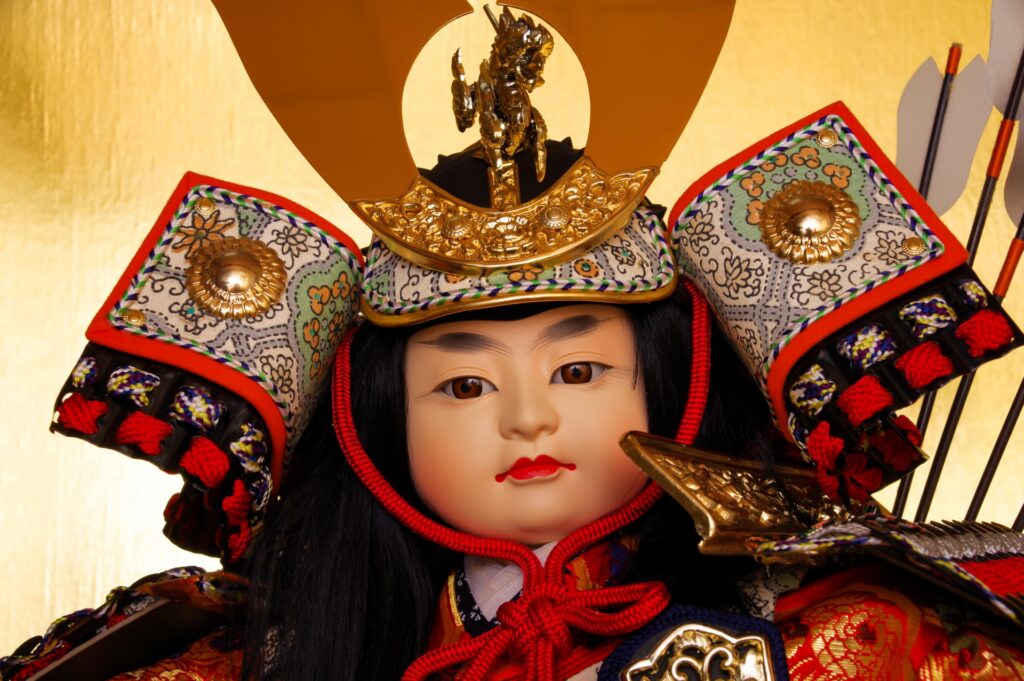
Have Syoubuyu or a bath heated with iris leaves and roots; It originates from the ancient China, and it is believed that it has a lot of efficacy including no diseases and no trouble.
菖蒲湯(しょうぶゆ)に入(はい)る:古代中国(こだいちゅうごく)から伝(つた)わる風習(ふうしゅう)で、無病息災(むびょうそくさい)や様々(さまざま)な効能(こうのう)があると言(い)われています。
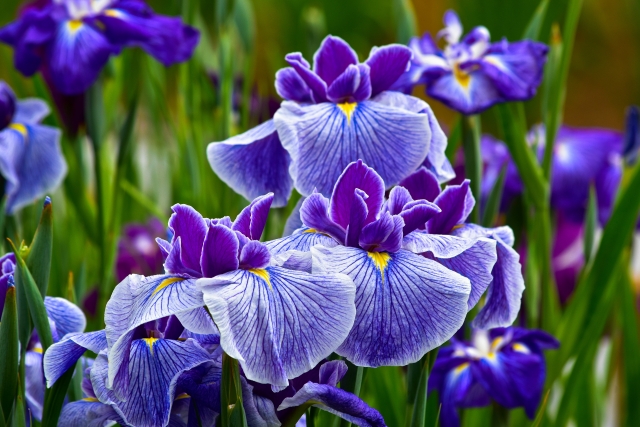
Eat Kashiwa-mochi or a sticky rice cake with sweet red bean paste filling wrapped with a oak leaf; because oak trees don’t drop old leaves even during winters till new shoots come out in springs, they are a kind of symbol for prosperity of descendants.
かしわ餅(もち)を食(た)べる:カシワは、新芽(しんめ)が育(そだ)つまで冬(ふゆ)の間(あいだ)も古(ふる)い葉(は)が落(お)ちないことから、「子孫繁栄(しそんはんえい)」につながるとされています。
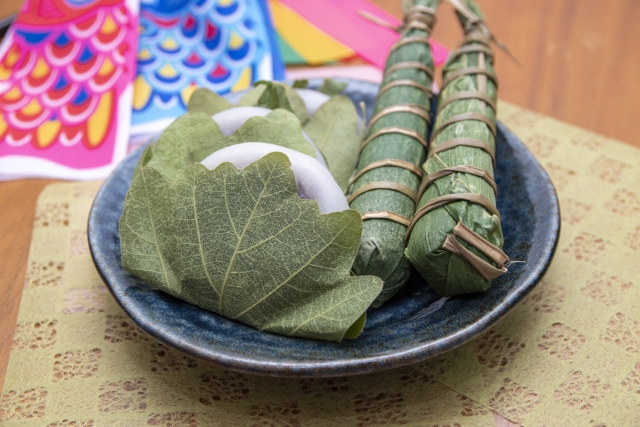
左側:かしわ餅 右側:ちまき
Eat Chimaki or a stick rice cake wrapped with a bamboo leaf; The aroma of bamboo leaves that wraps Chimaki can drive away evil spirits.
ちまきを食(た)べる:ちまきを包(つつ)んでいる笹(ささ)の葉(は)の香(かお)りが邪気(じゃき)を払(はら)うためとも言(い)われています。